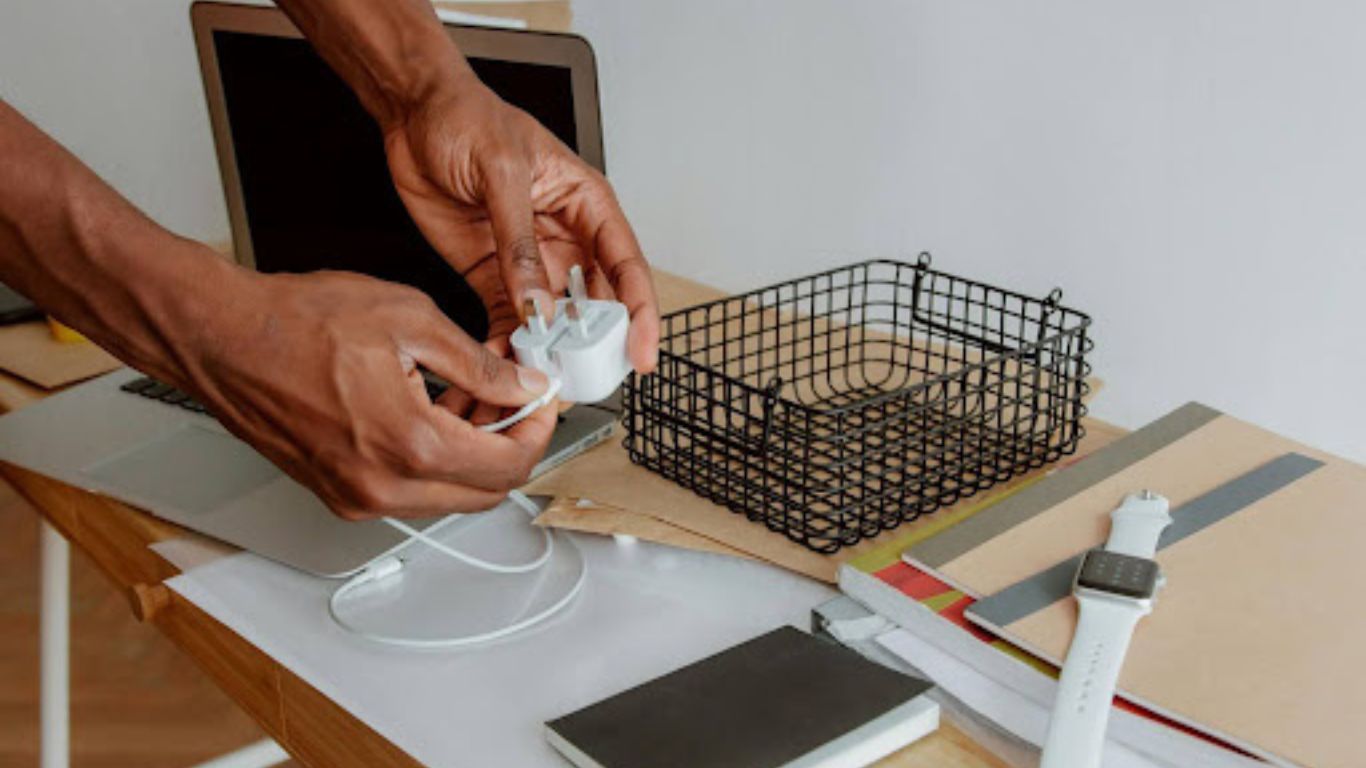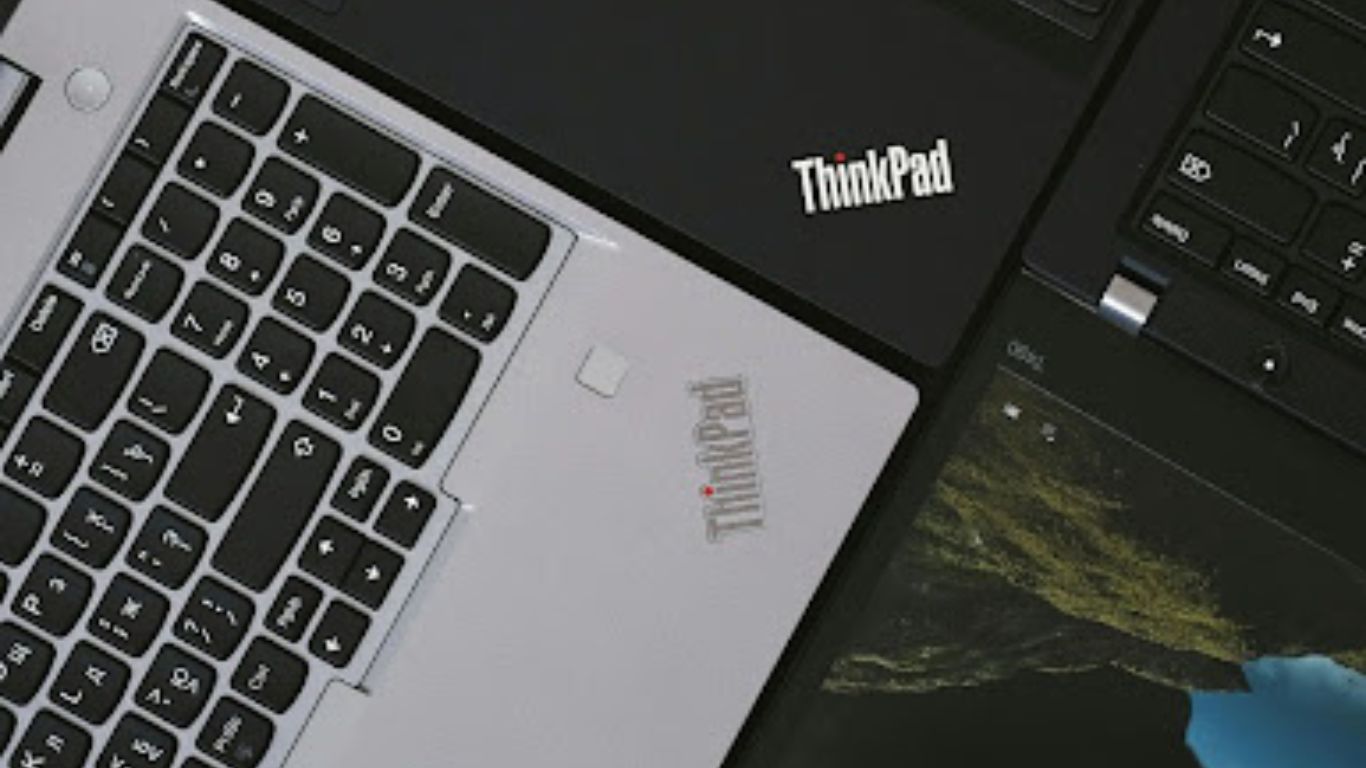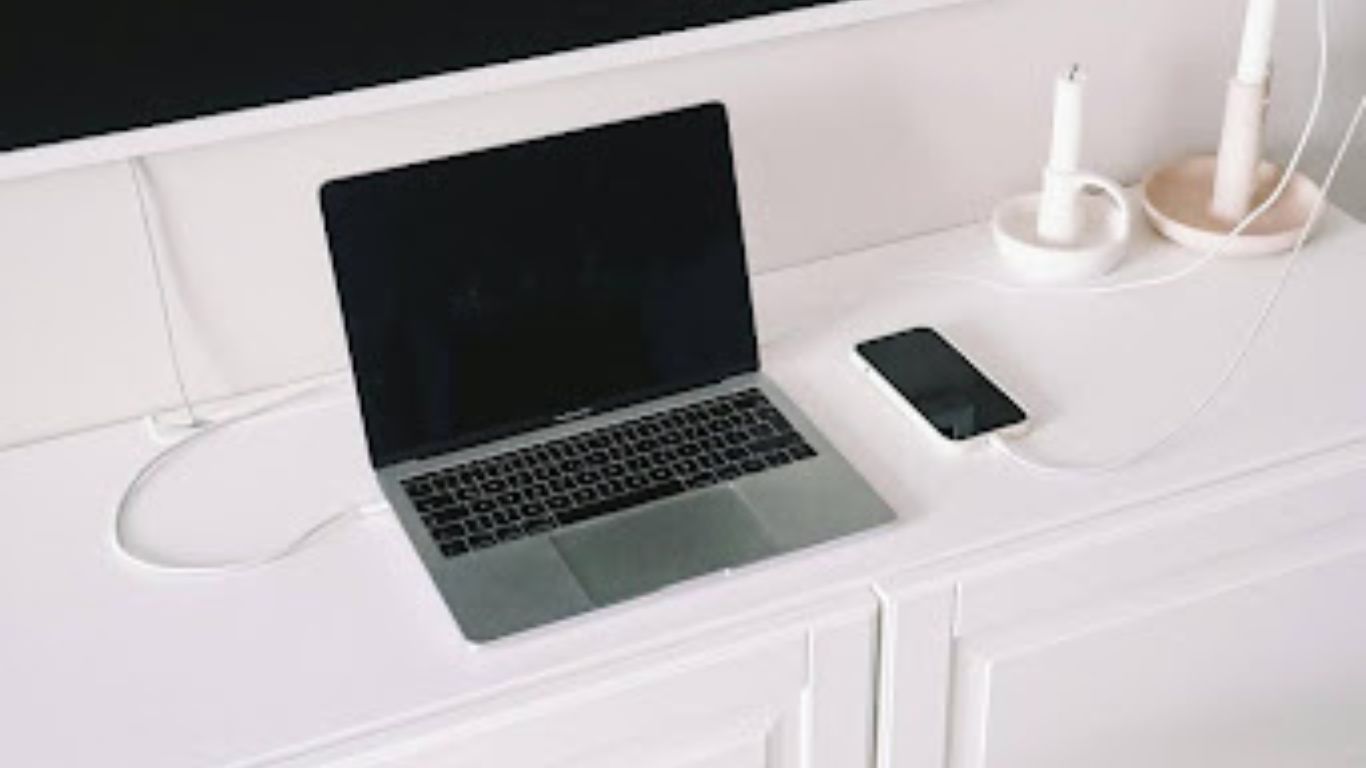Did you know that you can easily and wirelessly project local media files from your Windows PC to your TV with Windows Media Player (WMP)? You don’t need to install or buy new software – WMP is the default media player on Windows OS computers, so it’s easy to use. Plus, Chromecast content from your computer to your TV so you can enjoy your favorite movies, TV shows, and music without ever having to leave your comfortable chair.
Windows Media Player is a program that lets you play music, videos, and images on your computer. You can also use Windows Media Player to organize your personal files, make CDs, and sync your files to your mobile devices.
Windows Media Player on Windows 10 has a built-in feature called “Cast.” This allows you to stream content from another Bluetooth or Wireless device to your TV. However, if you don’t have a smart TV, you will need to use a Google Chrome browser and a Chromecast device to cast your PC screen onto your TV.
Chromecast devices are often used to convert regular TVs into smart TVs to access streaming platforms like Netflix, Hulu, and Youtube. However, many people don’t know that Chromecast can also be used to cast videos, movies, audio, and photos from a PC hard drive directly to a TV.
This article explains how to set up Google Chromecast to cast the contents of Windows Media Player from your desktop or laptop to your TV.
Make sure that you have the right software & hardware to cast Windows Media Player Classic to Chromecast.
To effectively Chromecast local media files from your computer to your TV, you will require the following devices and system specifications:
Original Chromecast: To use the Google Chromecast, you need the original Google Chromecast or the new Chromecast with Google TV. The Chromecast and Chromecast Ultra devices have been discontinued.
Windows PC or Laptop: To connect Windows Media Player (WMP) with Chromecast, you will need a Windows-based computer.
Google Chrome browser: To use streaming functions on standard televisions, you will need to connect your computer to the TV with a Chromecast. You will need to have the latest version of Google Chrome installed to avoid any complications.
Fast and Stable Internet Connection: In order for your PC and Chromecast to share the same screen, they need to be connected to the same network. WiFi is the most convenient option for most people, but using a wired internet connection will ensure a faster and more stable connection.
TV with HDMI port: Chromecast devices work best when plugged into your TV via the HDMI port. If your TV doesn’t have an HDMI port, you can use an HDMI adapter to connect it to a more advanced TV.
- Install Windows Media Player
Windows Media Player Classic is a free Microsoft tool that is pre-installed on most Windows PCs. However, if you don’t find it on your desktop or laptop, you may have uninstalled it in the past.
If you have Windows Media Player installed on your computer, you can skip this step.
To access the settings for an app, click on its Windows icon and then select the Apps menu item.
From the sidebar, choose App and Feature settings. On the main menu, select Optional features.
To add a feature to your computer, click the Optional features button. On the Add a feature screen, scroll through the list and select the Windows Media Player app. You can also use the search bar to find WMP.
After you click the Install button, the program will start to install. It may take some time to finish, so please be patient.
After the installation, close all applications, then launch Windows Media Player.
- Set Up Chromecast on your TV
Here’s how to connect your Chromecast device to your television:
To use the Chromecast device, you’ll need to connect it to your TV via an HDMI port. You can use an HDMI adapter if your TV doesn’t have an available HDMI port.
To use your Chromecast with your TV, you need to find the correct input for it. You can do this by pressing the Source or Input button on your TV’s remote control, and then choosing the HDMI 1, HDMI 2, or other source input where the Chromecast is connected.
To connect your TV to the internet, you need to connect it to the same internet connection as your computer. You can do this by using the TV’s remote control, or by going to the TV’s settings and setting up a connection using either a wired or wireless connection. If you want to connect your TV to the internet using WiFi, you’ll need to enter the password.
- Chromecast from Windows Media Player via Google Chrome Browser
Simply connect your host device to the same WiFi network as your Chromecast and you’re good to go!
To continue, open the Google Chrome browser on your host device.
To cast a video from your computer to your TV, click on the Menu button (three stacked dots) on the upper right-hand corner of the window, and then select Cast. Google Chrome will begin searching for chromecast devices.
When you’re using Google Chrome, you can use the Source dropdown menu to cast your computer’s screen to your Chromecast.
To watch files on your TV, you’ll need to minimize Google Chrome and open Windows Media Player. Files you play and open in WMP will be cast on your TV.
Conclusion
Windows Media Player is a great way to watch local media files on your computer. It’s easy to cast these files to a display device, too.
Chromecast is not available on all Windows 10 devices, but there is a Windows Media Player Chromecast plugin that can be used to cast videos, images, and music from MPC to a Chromecast device or Google Chrome. Chromecast allows you to cast any local media files on your TV from your Windows PC. To do this, navigate to Menu > Cast, and then select Cast Desktop on Google Chrome.




